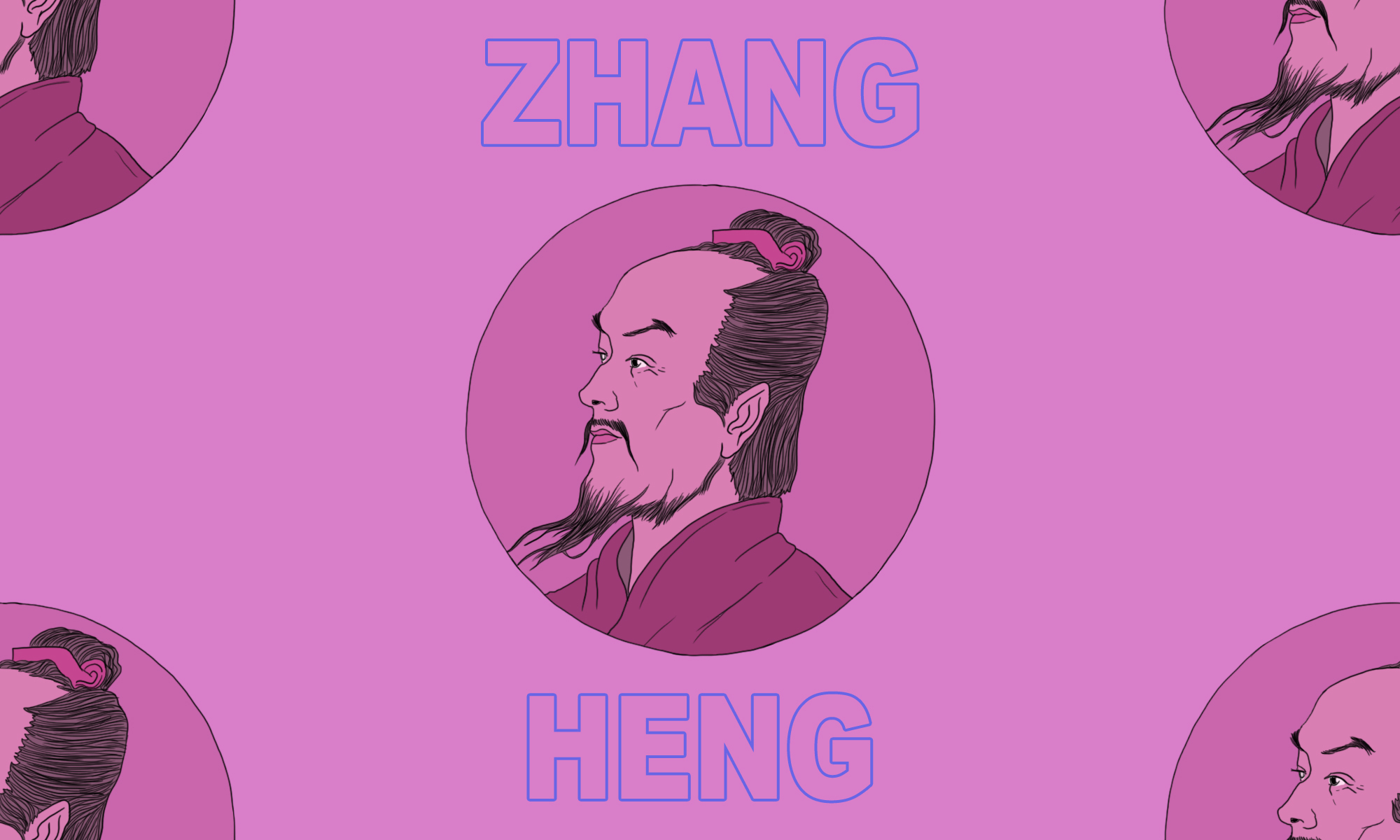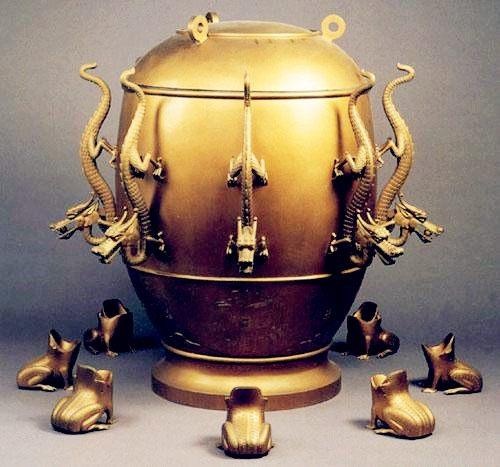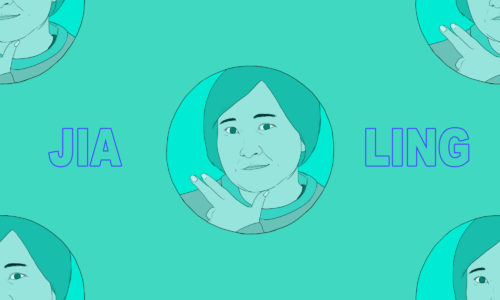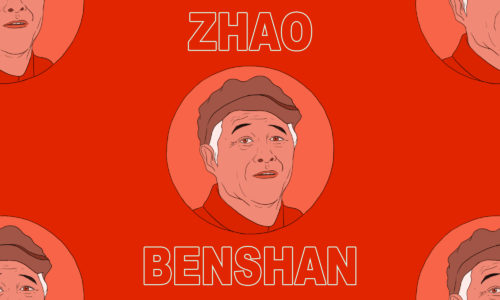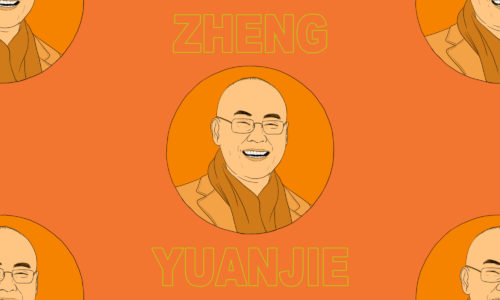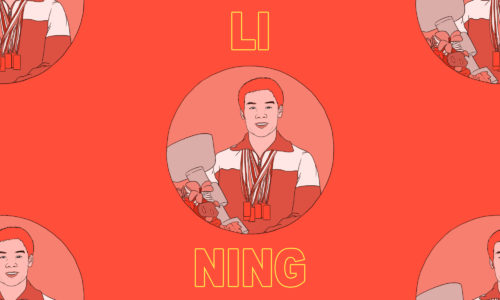If we are to believe the Book of the Later Han (written in the 5th century A.D.), the Chinese were successfully detecting earthquakes around the time of the Romans in the 2nd century A.D. The story goes that a courtier of the Han dynasty presented a large copper pot with eight dragons arranged around its sides. If a ball dropped from their mouths into that of a copper toad’s below, a quake had occurred in the direction the dragon faced. The inventor’s enemies mocked him gleefully when a ball clanged into a toad’s mouth on a tremor-less day, only to have the smiles wiped from their faces when a messenger arrived bearing news of an earthquake 310 miles to the northwest.
The inventor was Zhāng Héng 张衡. Although his seismoscope has proudly featured in countless Chinese science textbooks, there is much more to this man than earthquake prediction. Zhang was a Leonardo da Vinci of the Han dynasty, prodigious as a statesman, astronomer, poet, painter, inventor, engineer, mathematician, philosopher, and cartographer. Such stellar work has led to a crater on the moon, an asteroid, and a Chinese research satellite all being named after him. But as some have pointed out, his reputation may not be wholly deserved.
Who is Zhang Heng?
Born in Henan province in 78 A.D., tales of Zhang Heng’s work have become legendary. He compiled a chart of 2,500 stars in the night sky (later Song dynasty astronomers only had 1,464 on their books) — according to folk legends, he started counting them as a child. He created maps of the country which, according to the Australian sinologist Rafe de Crespigny, established the use of rectangular grid systems in Chinese map-making. He designed an odometer with figures that sounded drums and gongs after a certain distance had been passed. He composed beautiful and groundbreaking “fu” rhapsodies that became a staple in succeeding literary circles. He even made a stab at calculating pi. Understandably, an impressed Guō Mòruò 郭沫若 would name him “a rare figure in the history of the world to have developed in such a comprehensive way.”
But the prime source material is The Book of the Later Han (后汉书 hòu hàn shū), written 300 years after Zhang’s death. According to this, “although his talent was superior to that of the rest of the world, he was not proud of it. He was always calm and collected, and did not like to meet ordinary people.” An avid scholar, he set off to Luoyang and Chang’an to seek a career as an official. Excelling as a scholar, he was offered several high-profile positions but refused each, returning to Henan to serve as secretary to the provincial governor.
But the Emperor An had heard of Zhang’s intellectual brilliance and summoned him to court. Zhang thrived there, promoted to several important offices, including Grand Clerk, scanning the sky for heavenly omens and calculating annual calendars. He supposedly perfected a water-powered armillary sphere to aid his astronomical calculations, and was credited by later inventors for inspiring their work (like mechanical clock towers). In his treatise of 120 A.D. called The Spiritual Constitution of the Universe, he theorized that the only reason we can see the moon and the planets is because they reflect the light of the sun.
He would have made it all the way to the coveted post of Grand Historian if he hadn’t followed his heart. Zhang argued against the books of apocrypha — codices filled with vaguely-phrased prophecies supposedly written by Confucius, which sometimes decided official policy and were often used by courtiers when trying to wangle a promotion. The Book of the Later Han records him dryly remarking, “Educated people have attached some value to them and called them prophetical scripts,” but having done thorough research into their origins they were forgeries and should be banned.
It wasn’t the first time Zhang spoke his mind for a noble cause. He advised the Emperor Shun that eunuchs were a consistent destabilizing factor at court, and that they should have their power limited. It inevitably provoked their wrath, ensuring Zhang was slandered. But Zhang would also alienate the emperor, arguing that the starting date for the Eastern Han dynasty should be with the Gengshi Emperor — the last descendent of the Western Han dynasty, labeled a pretender to legitimize the emperors of the Eastern Han.
The temptation is to take Zhang’s feats and use them as evidence of modernity, beating back feudal superstitions with the light of empirical science and precise scholarship. But all scientists are products of their times, as Newton’s obsessions with alchemy demonstrate. Zhang used celestial movements to divine Heaven’s desires, after all. Eastern Jin scholar Ge Hong (283-343) attributed to Zhang this geocentric picture of the cosmos: “Heaven is like a hen’s egg, and the earth is like the yolk inside. It is alone within; heaven is the larger, and earth the smaller. There is water inside and outside heaven; Heaven and earth both stand by riding on qi, and move borne up by water.”
There are also holes in his great achievements. The English sinologist Christopher Cullen has pointed out that the Book of the Later Han probably overestimated the number of stars Zhang put on this star chart; the 2,500 figure seems unlikely when later star charts compiled from Han charts do not mention Zhang’s, and arrive at a total of 1,565 stars.
The seismoscope is a particular disappointment. Aside from a vague description in the Book of the Later Han, no further details of the famous seismoscope survive — attempts at replicas in the 20th century consistently failed to spot earthquakes, and the famous story with the messenger is not mentioned in the Annals of the Later Han, written 50 years before the Book, the former used as source material for the latter.
Generations of Chinese have grown up thinking that the image above is the real seismoscope, but it’s actually a replica from the 1950s for a Chinese Communist Party publicity drive about the wonders of traditional Chinese technology. History and science textbooks didn’t mention it was a reconstruction. Fu Chengyi, the founder of Chinese seismology and an academician at the elite Chinese Academy of Sciences, once damningly said that when it came to spotting earthquakes, the replica of Zhang’s seismoscope could have been scientifically bettered by a hunk of meat hanging from the rafters of a house. An altered replica created in 2009 is capable of responding to simulated earthquakes, but it’s not possible to know (with such little evidence) whether it’s true to the version used by Zhang Heng.
And then there are the stories that are plain outlandish. One legend says that Zhang is the greatest “toe painter” in the world. In the Records of Famous Paintings of the Past (历代名画记 lìdài mínghuà jì, Tang, mid-9th century), Zhang Heng heard of a strange beast with the body and head of a man in the water at Pucheng, Jianzhou, and went to paint it. But the beast was afraid of being drawn, so it would not come out. When Zhang Heng threw away his pen and paper, the beast came out and he quietly drew it with his toes.
But he was unique in other ways. His surviving literary works point to a man with an unorthodox manner of thought and a vibrant imagination. In the poem “Song of Shared Voices,” he speaks in the voice of a bride trembling with erotic emotion as she waits for her husband on her wedding night. He ridicules the court of the defunct Western Han — usually treated with great respect — in his exceptionally detailed “Fu on the Two Metropolises,” the extravagant, immortality-obsessed rulers and stuffy scholars of Chang’an (modern-day Xi’an, seat of the Western Han) no match for the restraint and virtue of the Eastern Han at Luoyang.
We may never know the actual extent of Zhang’s scientific achievements, but his energy for work, and flair for all kinds of innovation aren’t in any doubt. Contemporaries certainly thought so — after Zhang’s death in 139, fellow scholar and friend Cuī Yuàn 崔瑗 inscribed on his tomb stele that “the excellence of his talent and the splendor of his art were one with those of the gods.” Not bad, as epitaphs go.
Chinese Lives is a weekly series.
